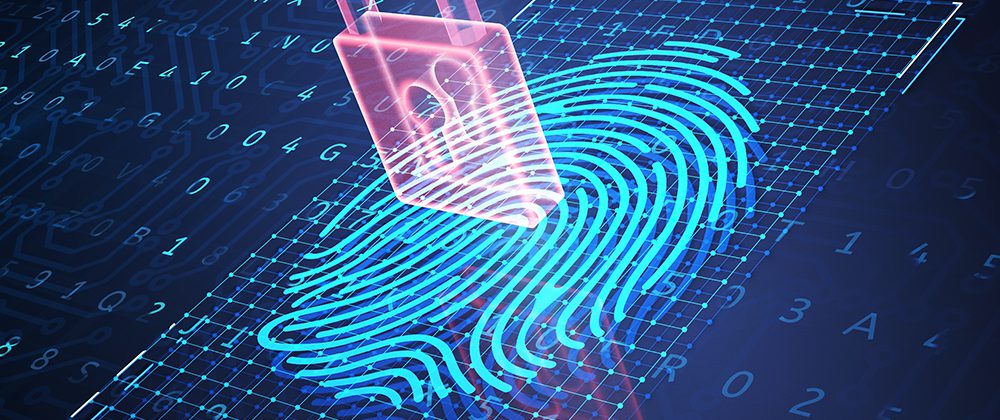Online identity theft syndicates are dealt a significant blow as proven remote digital identity technology platform goes mainstream.
Fraud costs trillions of dollars to world economies annually and, for consumers whose identity data has been stolen, the impact on their lives can vary from being a nuisance to financial and emotional trauma.
Worldwide, around 40% of consumers have been the targets of identity theft syndicates at least once. Worth trillions of US dollars annually, identity theft has historically been easy to achieve – particularly for larger crime syndicates. And as a result, businesses are buckling under the weight of fraud-related losses due to identity theft scams.
However, the Fourth Industrial Revolution has enabled a combination of mobile phones, sophisticated 3D facial identity algorithms and systems linked to government ID bureaus, to make it possible to accurately identify and authenticate someone remotely. Businesses can now authenticate new or existing customers without them having to show up in person – the entire process is seamless, secure, remote and digital.
Lance Fanaroff, a director at iiDENTIFii, a world leading company that provides a remote biometric digital authentication and automated on-boarding technology platform, says people want to be able to open a bank account without going into a bank or buy something without going to a shopping centre.
“It’s critical that an individual’s online identity is protected,” he said.
“We have built a world-class technology platform that, using a mobile phone, can prove the identity of a person within 30 seconds and with an accuracy of one error in 10, 000. The current ratio is about 11 inaccuracies per 100 using standard biometrics.”
Using a mobile phone and an official identity document, the technology platform does four critical things:
- It proves that the person is alive
- It matches the selfie the user has taken with the image on their ID document
- The data is then extracted off the identity document – including the person’s name, surname and ID number
- All the data is then matched with a facial biometric at an issuing authority or government department – for example, Home Affairs
“Using that golden triangle of identity, we can prove the individual is who they say they are,” added Fanaroff.
“Only then do we onboard them. Through three-dimensional analysis, we can prove that the individual online is really alive. The depth of our facial recognition algorithms means we can recognise anyone from any region of the globe – we can handle on-boarding of all ethnicities.
“The false accept rate is the risk that an organisation will onboard the wrong individual and enable identity theft. The false reject rate is when the correct person is dismissed and rejected. We have to balance fraud with friction by minimising both.”
Businesses can ensure that all consumers being enrolled are thoroughly vetted with digital identity verification technologies and that the transactions that pose the highest risk are gated with multi-factor authentication. These technologies will protect businesses and consumers from data theft and change the economics of fraud, so that it is no longer in favour of the criminals.
Click below to share this article

